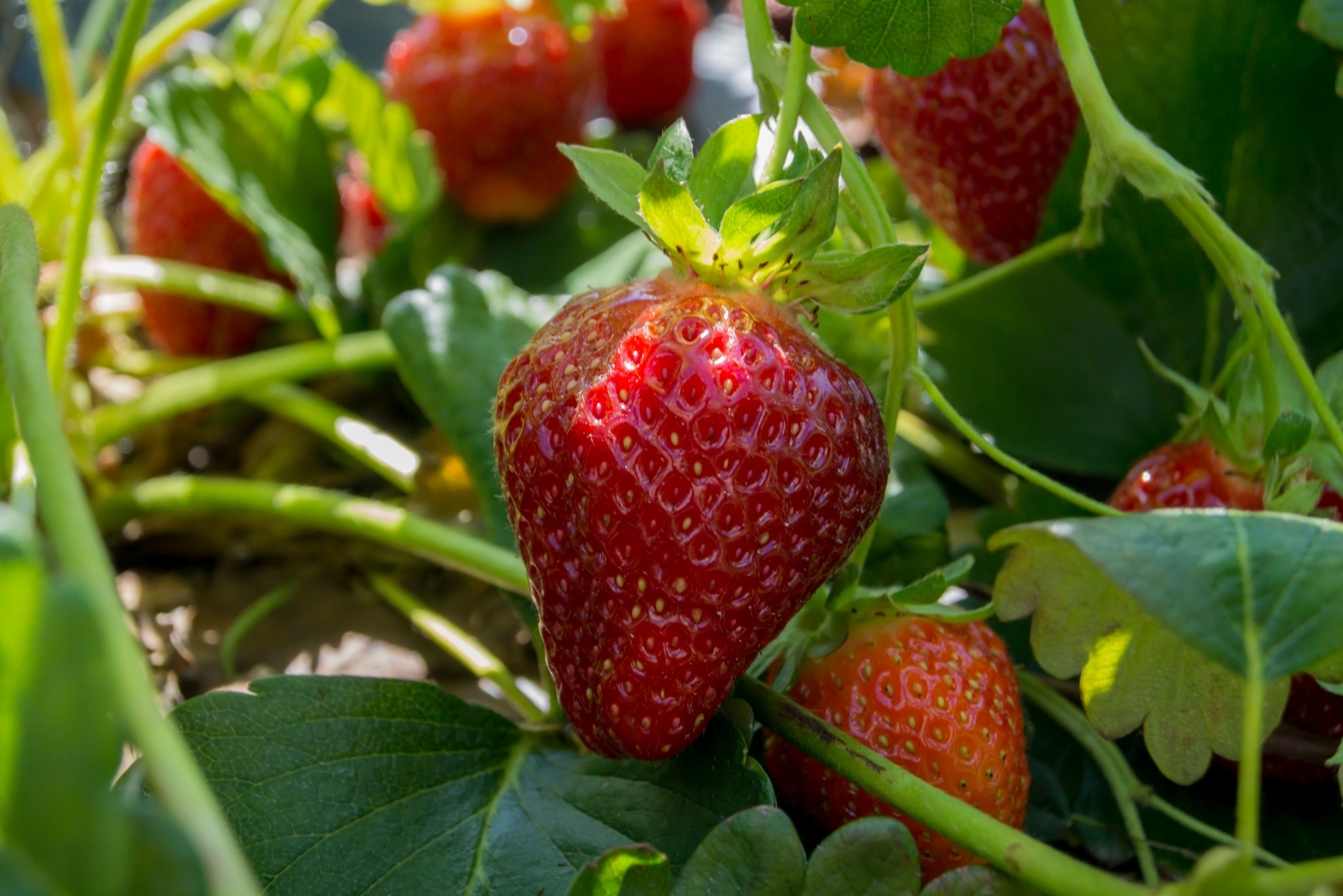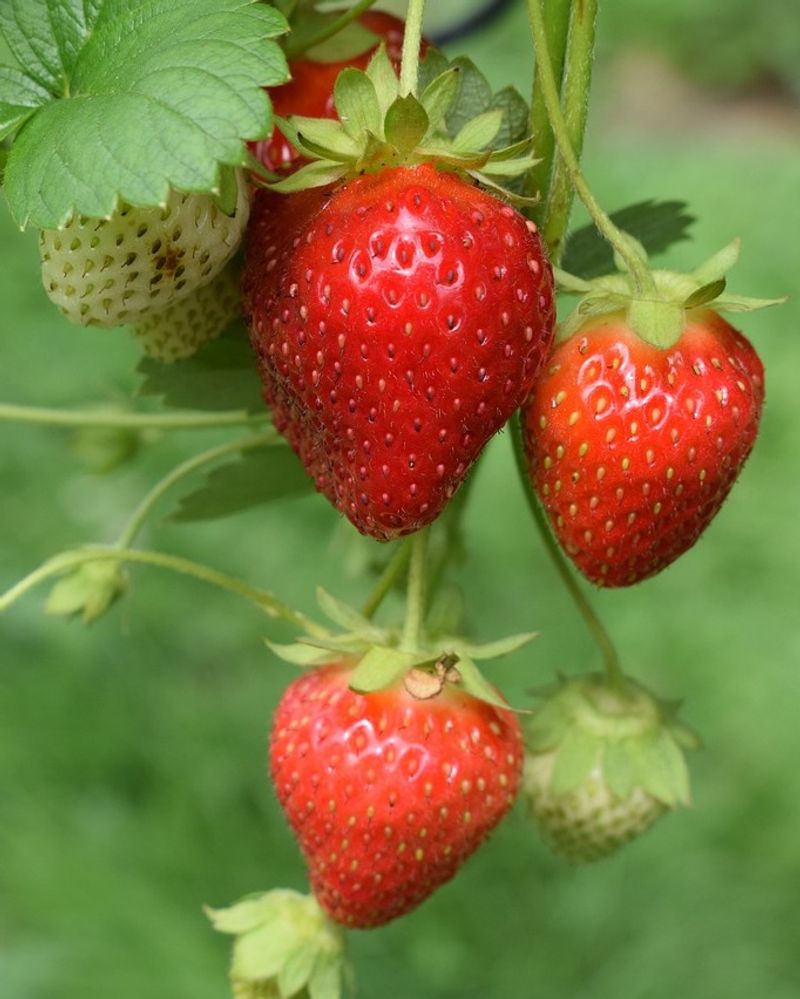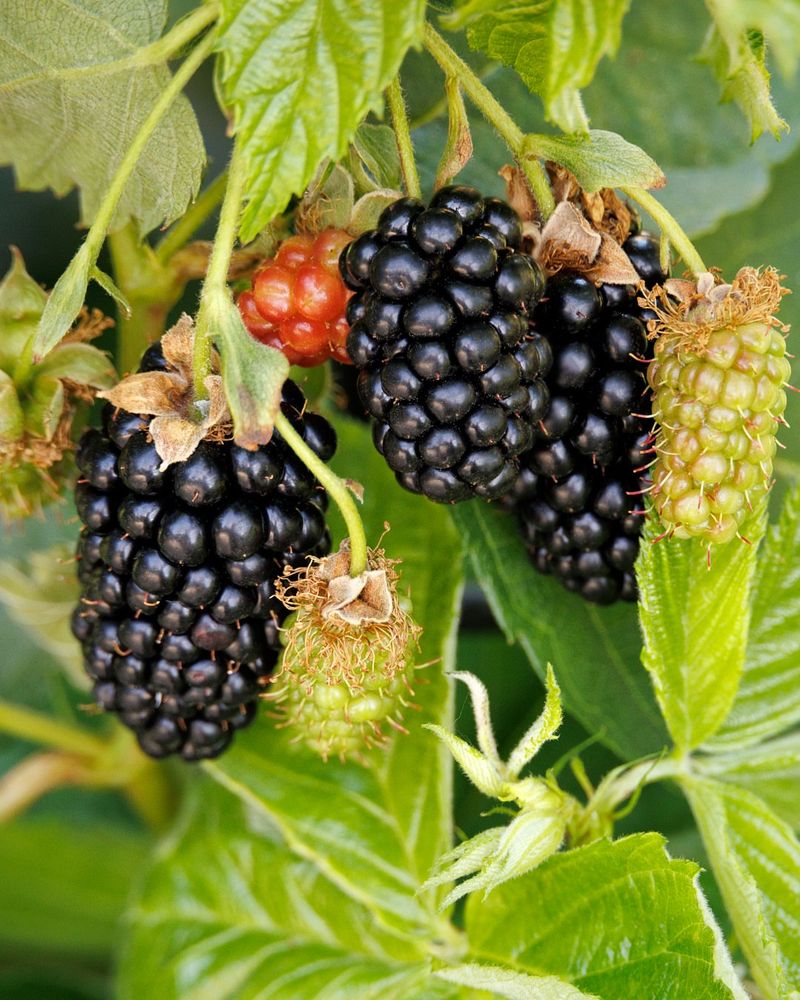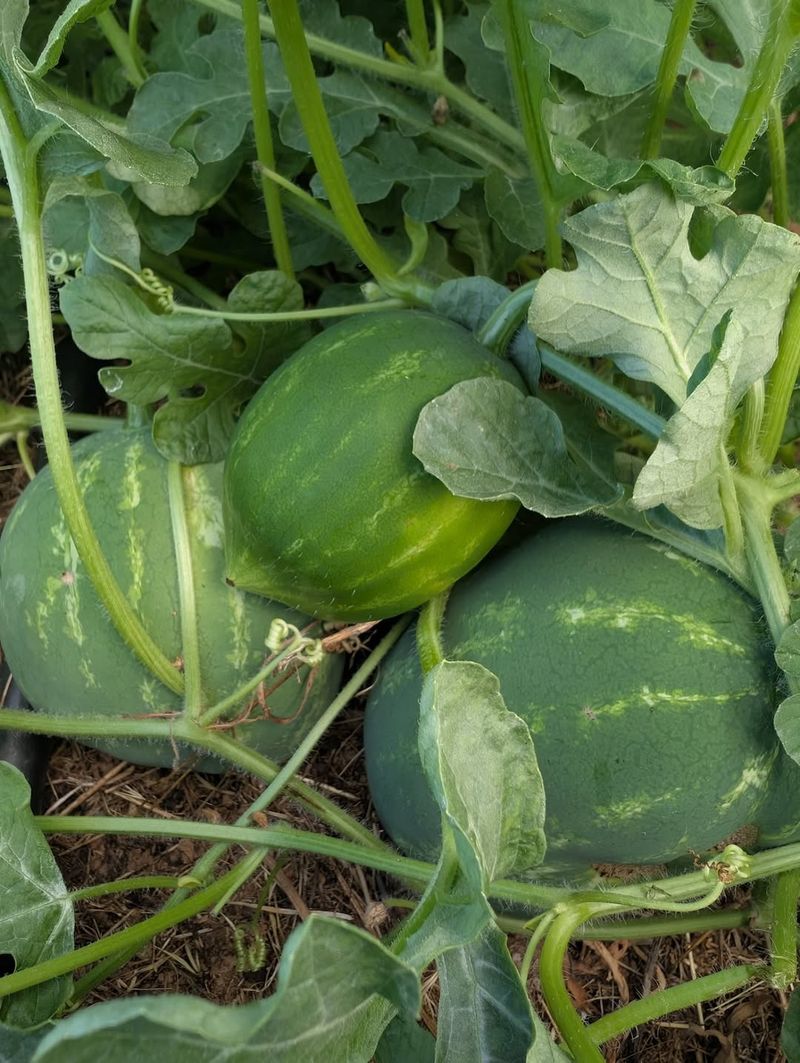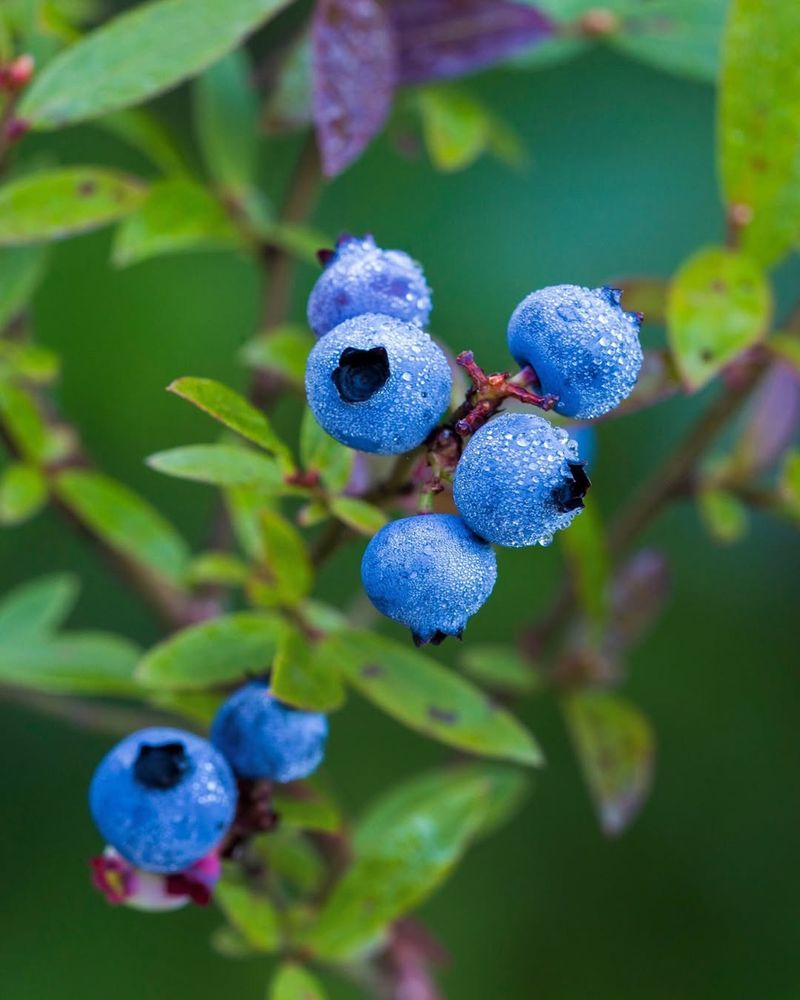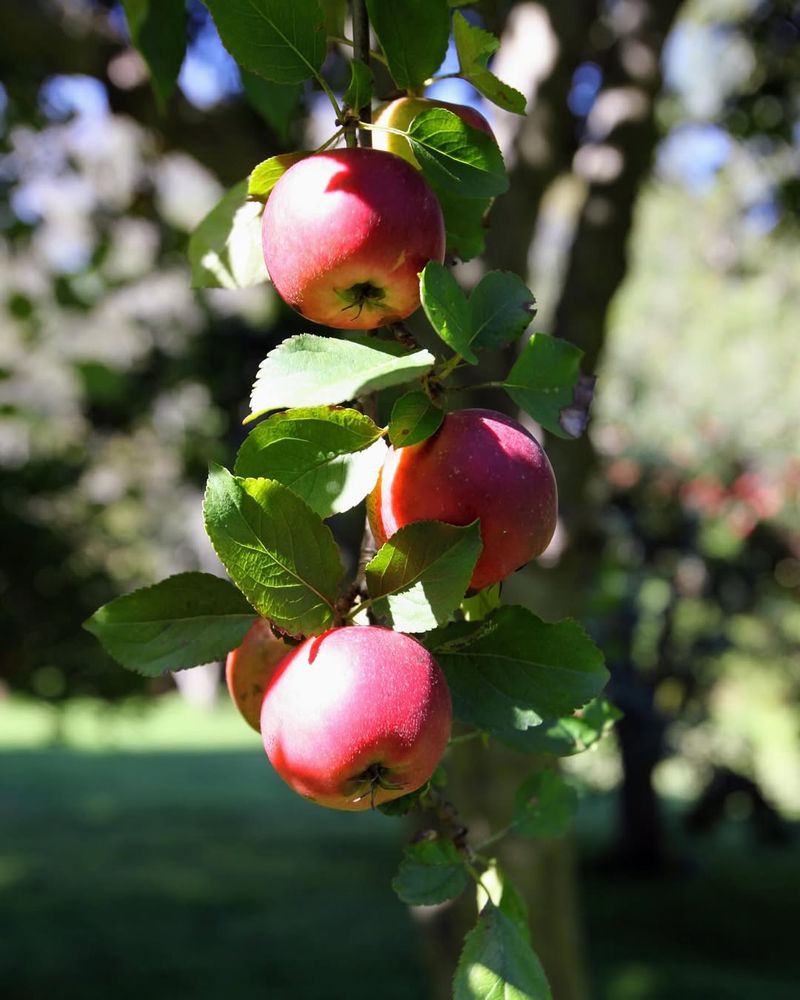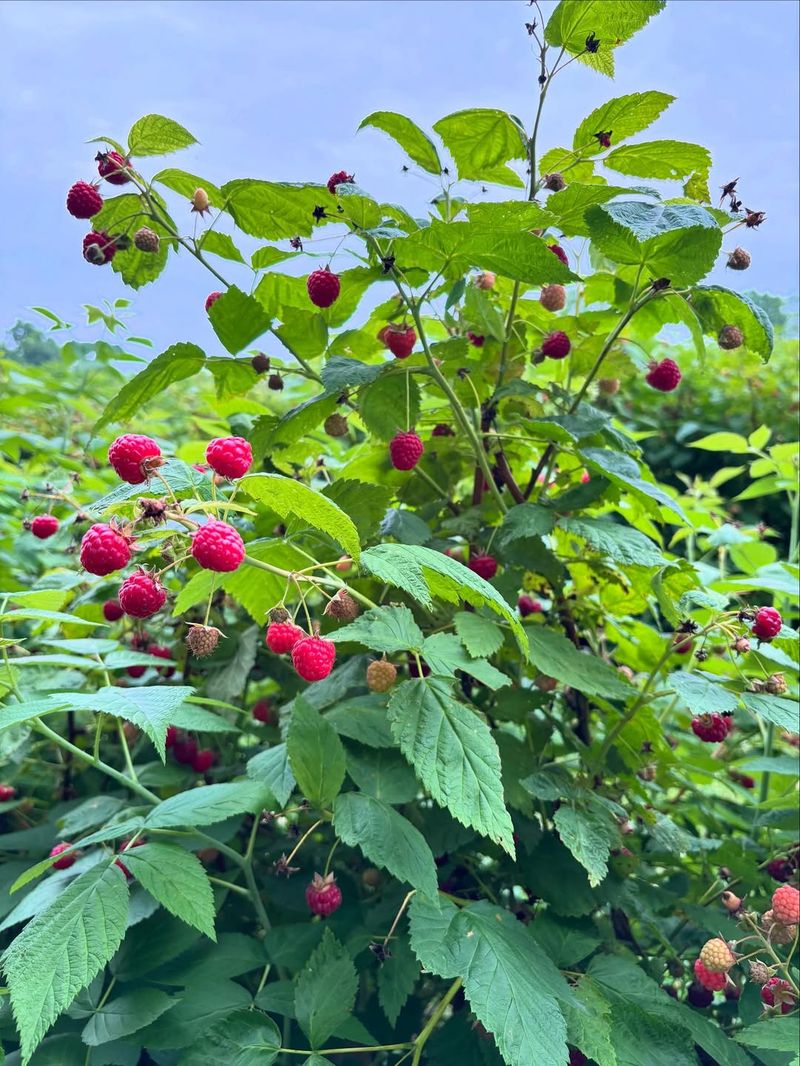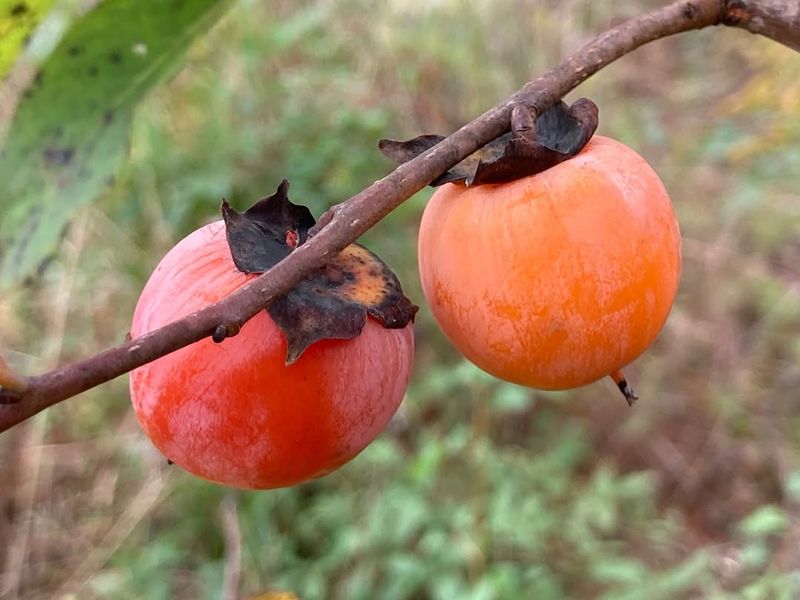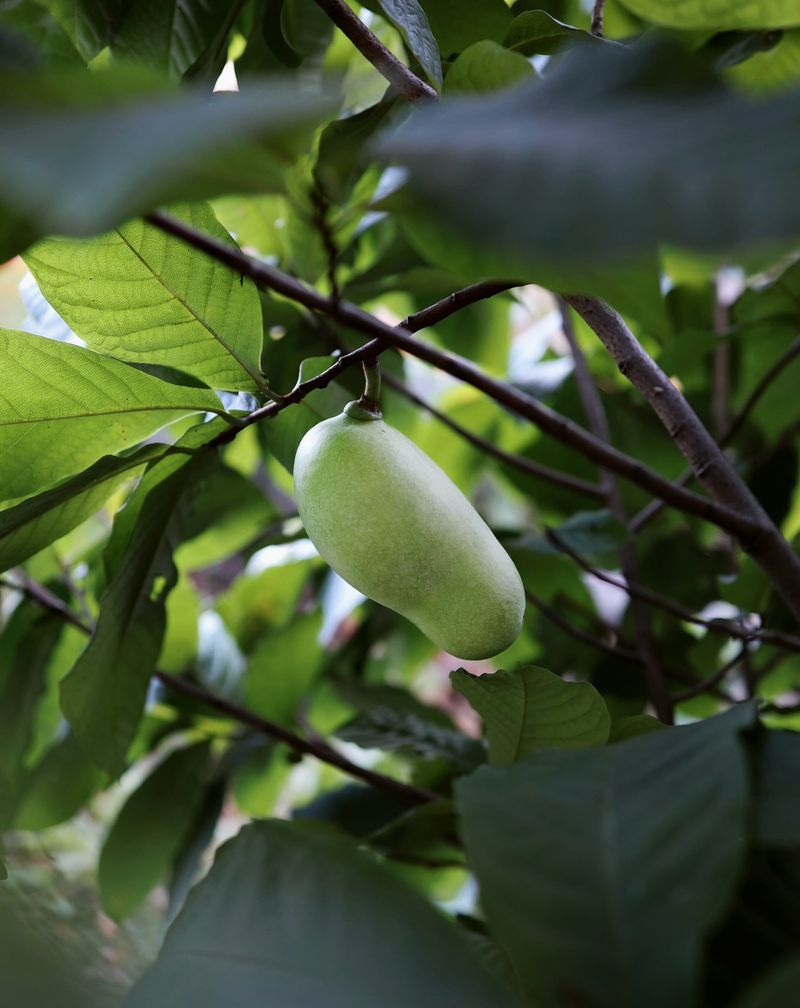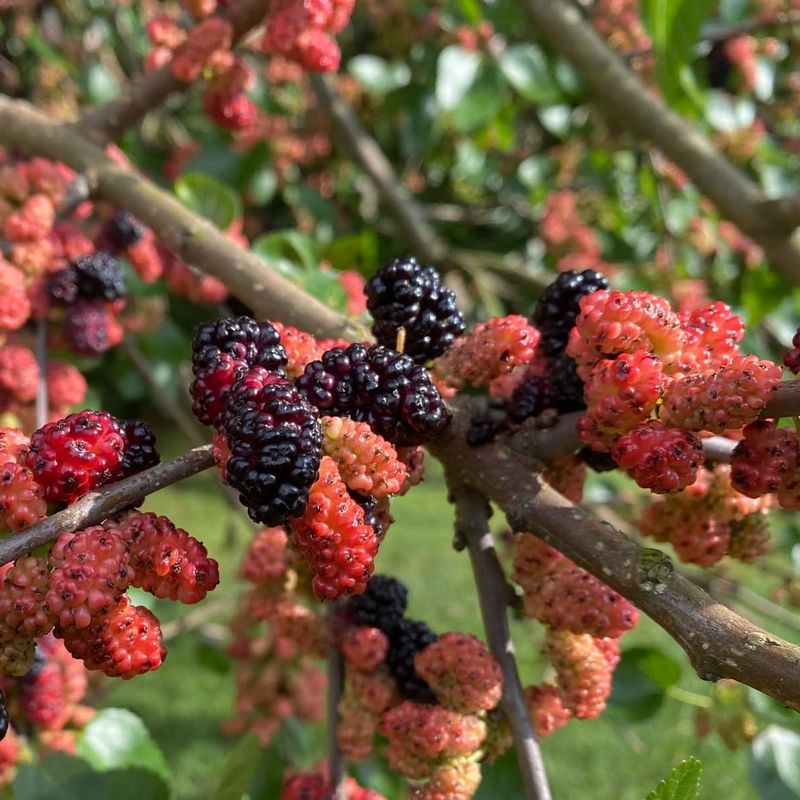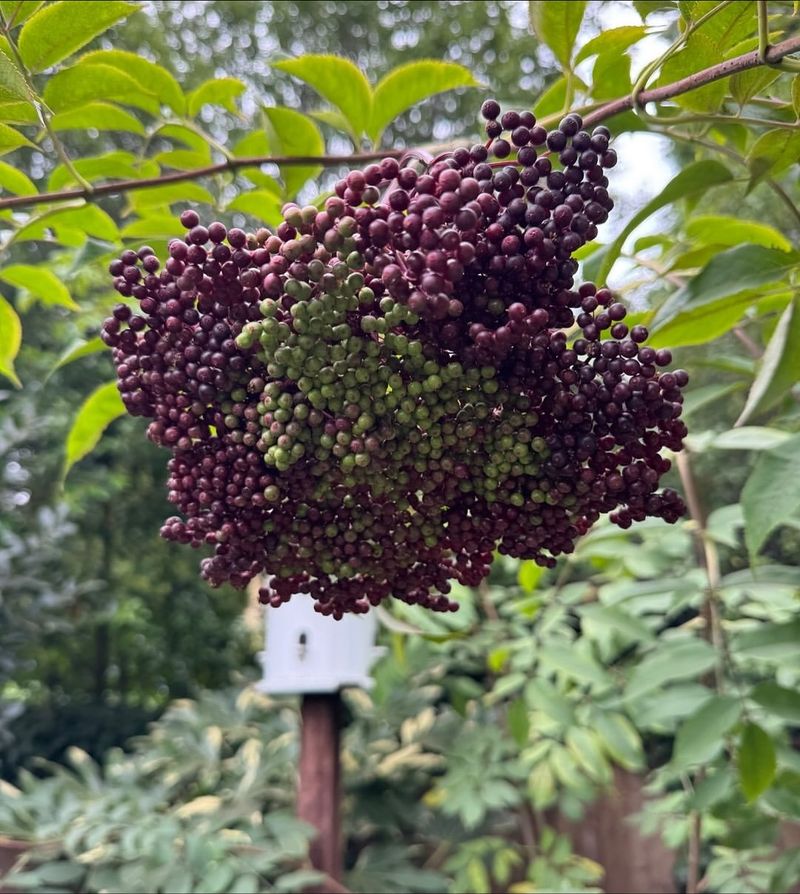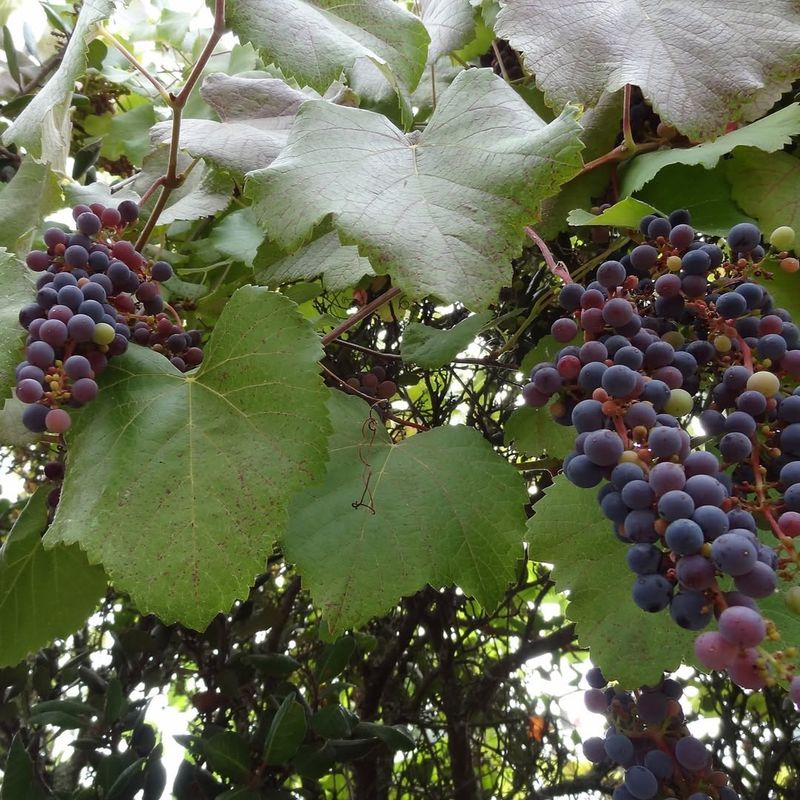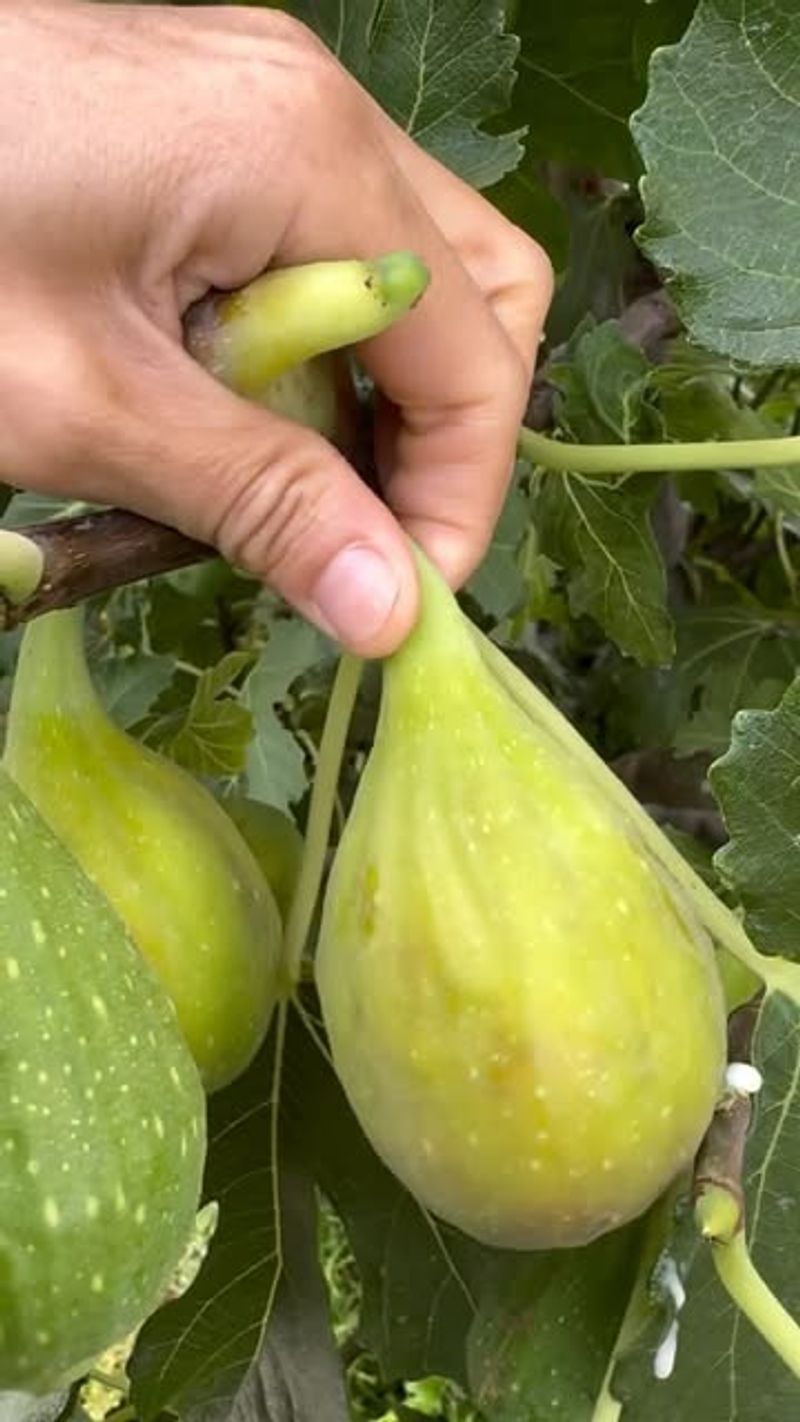October is a sweet opportunity for Maryland gardeners to plan ahead with fruit seeds. Planting now means enjoying homegrown flavors for years to come.
The right choices make a lasting difference in your garden’s bounty. Here are 12 fruits Maryland gardeners should consider planting this fall.
1. Strawberries
Fall planting gives these berries a head start for spring in Maryland gardens. The cooler October temperatures help seeds establish stronger root systems before winter dormancy kicks in.
Many Maryland gardeners don’t realize strawberry seeds need cold stratification, making autumn perfect timing. Just scatter seeds in well-draining soil, cover lightly, and keep moist until the first frost arrives.
2. Blackberries
Wild blackberries already flourish throughout Maryland’s countryside, proving they’re perfectly adapted to local conditions. Extracted seeds need minimal preparation—simply rinse pulp away and dry briefly before planting.
In Maryland’s climate, October-planted blackberry seeds will naturally cold-stratify during winter. Plant them just 1/4 inch deep in containers or prepared garden beds for spring germination and summer fruiting in future years.
3. Watermelon
Starting watermelon seeds indoors in October creates strong seedlings ready for spring transplanting. Maryland gardeners can get ahead by germinating these seeds in biodegradable pots under grow lights during winter months.
The trick for Maryland’s climate is keeping young plants protected until all frost danger passes. Seeds germinate quickly in warm soil, so use a heat mat for best results and transplant outdoors after the last spring frost.
4. Blueberries
Maryland’s naturally acidic soils in many regions create perfect conditions for blueberries. October planting allows seeds to undergo natural cold stratification during winter months, improving germination rates significantly.
Unlike other fruits, blueberry seeds need acidic soil to thrive—aim for pH 4.5-5.5 in your Maryland garden. Mix seeds with moist peat moss in a zip-top bag and refrigerate for four weeks before planting outdoors this month.
5. Apples
Growing apples from seed creates unique varieties—no two seedlings will produce identical fruit! Maryland’s climate provides natural cold stratification when seeds are planted in October, breaking their dormancy naturally.
Many Maryland orchards began from seedling trees generations ago. Save seeds from local apples for best adaptation to your region’s conditions, plant one inch deep, and protect the area with hardware cloth to prevent squirrel digging.
6. Raspberries
October’s cooling soil temperatures create ideal conditions for raspberry seeds in Maryland gardens. Fresh seeds extracted from ripe berries need minimal preparation—simply rinse and plant immediately for best results.
Maryland’s winters provide perfect cold stratification for these tiny seeds. Plant in shallow furrows, covering with just 1/4 inch of soil, and mark the area well since seedlings may not emerge until late spring after winter’s chill has worked its magic.
7. Persimmons
Native American persimmons grow wild throughout Maryland, making their seeds perfectly adapted to local conditions. October planting mimics nature’s cycle, allowing seeds to stratify naturally during winter months.
Many Maryland gardeners don’t realize these sweet fruits grow easily from seed. Clean seeds thoroughly, plant one inch deep in well-draining soil, and protect with hardware cloth from curious wildlife until spring germination.
8. Pawpaws
These native Maryland fruits produce seeds that require cold stratification to germinate successfully. October planting allows natural winter temperatures to break seed dormancy without extra effort on your part.
Many Maryland forests contain wild pawpaw patches thriving in dappled shade. Fresh seeds work best—clean pulp away completely, plant one inch deep in well-draining soil, and protect from rodents with hardware cloth until spring germination.
9. Mulberries
Mulberry trees grow prolifically throughout Maryland, demonstrating their perfect adaptation to local conditions. October-planted seeds naturally stratify during winter months, improving spring germination rates dramatically.
Many Maryland homeowners consider mulberries too messy when planted near patios or driveways. Plant seeds in permanent locations away from high-traffic areas, as these fast-growing trees develop deep taproots that resist transplanting once established.
10. Elderberries
Native elderberry shrubs thrive in Maryland’s diverse growing conditions from coastal areas to mountain regions. October planting allows seeds to undergo natural cold stratification during winter months for spring germination.
In Maryland gardens, elderberry seeds need minimal care once planted. Extract seeds from ripe berries, rinse thoroughly, and plant in moist, well-draining soil about 1/4 inch deep, then mulch lightly for winter protection.
11. Grapes
Wild grape varieties flourish throughout Maryland, indicating perfect growing conditions for these versatile fruits. October-planted seeds naturally stratify during winter, improving germination rates without extra effort.
Maryland’s climate supports both native and European grape varieties. Clean seeds thoroughly from ripe fruits, plant 1/2 inch deep in well-draining soil, and mark clearly as seedlings may not emerge until late spring after winter dormancy breaks.
12. Figs
Fig trees have naturalized in protected areas throughout Maryland, proving their adaptability to local conditions. October indoor seed starting creates strong seedlings ready for spring transplanting.
Many Maryland gardeners don’t realize figs grow readily from seed. Extract seeds from fully ripe figs, rinse thoroughly, and plant in seed-starting mix kept consistently warm and moist until germination occurs within 2-3 weeks.

